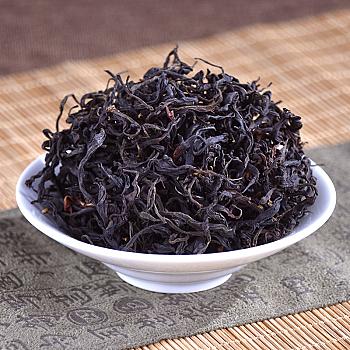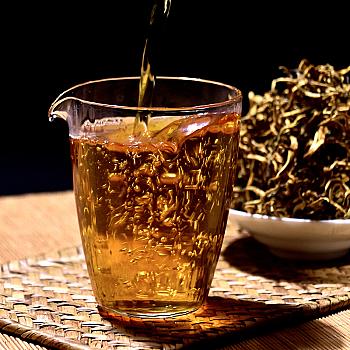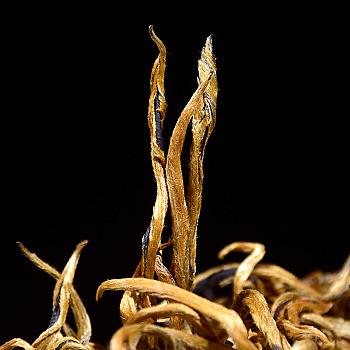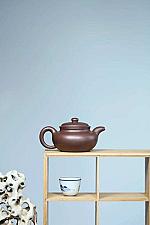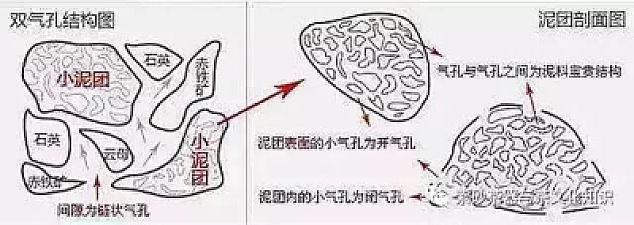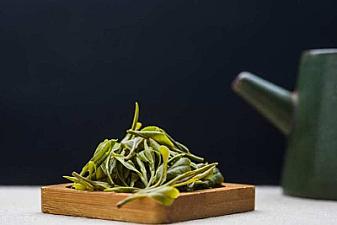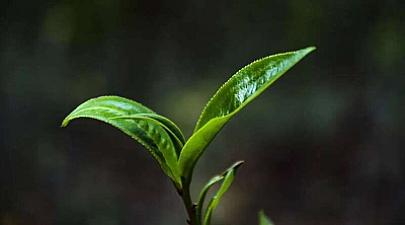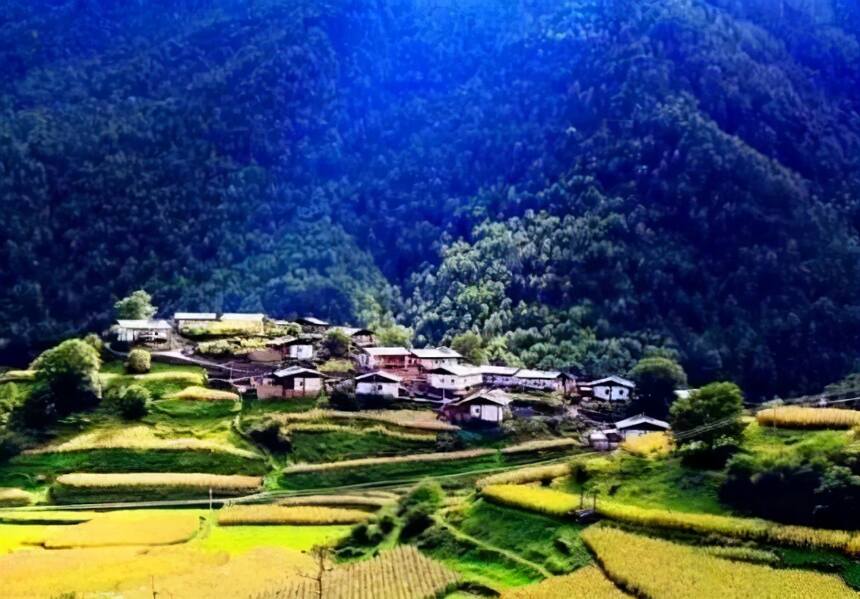
Buddha tea sacred land Baishi Mountain, original natural ancient tree tea garden.
August 14, 2025
Southern Dynasty four hundred and eighty temples, how many towers in the misty rain. Famous scholars have always been able to drift on a stream, high monks have always loved tea-fighting. In the ancient days of Nanzhao and Dali, Buddhism was flourishing in Yunnan. Due to its location at the crossroads between Central Plains and South Asia, the infiltration of Central Plains culture, through the southern Silk Road with Indian Buddhism as the main influence, made Dali a true "Ancient Fragrant Land".
South of the Yangtze River there are 480 temples and how many towers are shrouded in mist and rain.
Even a scholar of great name will drink tea from a bowl; From ancient times, high-ranking monks have cherished tea contests.

Myo-koku (Mysterious Fragrance Country)
During the Nanzhao and Dali Kingdom period, Buddhism was prevalent in Yunnan.
Due to the fact that Yunnan is situated at the crossing of Middle China and South Asia, the permeation of Central Plains culture, through the Silk Road in southern provinces, with Buddhism from India as the main influence, Dali became a truly deserved "Ancient Fragrant Country".

According to records, the temple on White Stork Mountain emerged in a considerable scale during the Nanzhao period. In the subsequent 500 years, the temple and other temples were replaced but the incense remained continuous. With its unique geography, this place is strategically located and traffic is convenient, attracting monks from afar who came to avoid disasters and practice spiritual pursuits. During the 500-year-long history, in addition to preaching and practicing, Buddhism tea culture also took root here in Yunnan Province.

Ancient tea farmer

Baisha Shan is located in the middle of Dabie Mountain (main peak 2834m) of Manwan Township, Yun County, Lincang City. It faces Wulangshan across the river and is backed by a vast forest of wild tea trees on the mountain. Its elevation ranges from 1800 to 2300 meters above sea level.

Among the tea gardens in Baitianyan, 36 villages are embedded amidst the ancient tea plantations. Ancient tea grows in the village, along the edges of the fields and in every corner. The entire mountain is covered with ancient tea, towering trees with lush foliage dominate the landscape. The unique geographical features include a high altitude and low latitude which creates an environment suitable for growing high-quality tea under misty clouds.
The world's tea tree evolution history natural museum.

Baiying Mountain is located in the core area of "Busy Worrying New Stone Age Culture". Over 4,000 years ago, people already lived here. This has always been an important region for ancient Puzi people's activities.
The Pu people are actually the present-day people living in the lower reaches of Lancang River, including the Wa, Blang and De'ang ethnic groups. They were the earliest tea planters and culture propagators.

Ancient Buddha Tea Sacred Land
Present-day Baitaishan has over twenty varieties of ancient tea trees, including about ten that are still unknown. It can be said that the ancient tea garden at Baitaishan is not only the largest existing ancient Buddhist sacred place in Yunnan Province but also an extremely valuable gene bank for ancient tea trees. The 10,000 or so tea trees on Baitaishan drink morning dew and bathe in evening sun, lush and verdant as ever.

White Orioles fly on White Orioles' Mountain; old tea trees have been sprayed with frost many times.
Spring rain and wind coinciding with a prosperous age, one day rising to fame, all people know about it.
White Crane Mountain's selection of old trees for Pu-erh tea was a type of big leaf tree from Mengku, which is suitable for producing raw pu-erh. Many wild teas produced have a relatively flat taste, and are more suitable for making red tea. The Pu-erh tea made from the big leaves of Mengku has a rich flavor and smooth, refreshing taste with high fragrance.

White Crane Mountain ancient tree spring tea is selected from 2100 meter altitude cultivated ancient trees of over 600-800 years old. From one bud to two leaves, or one bud to three leaves, the standard picking method is used for green tea production. The traditional manual iron pot kill-green process takes around 25 minutes. Hand-rolling and natural sun drying are then used to dry the tea into a green withered leaf tea called "moisture green tea".

Green tea leaves are clear and smooth, with subtle fragrance.

The fragrance of this flower brings a feeling of lying in the shade of a big tree under the original forest on an intense summer day, breathing in the breath of nature, letting go of the thoughts in one's mind and flying freely in emptiness.

Clear and bright broth, full of rich flavor and sweetness. The liquid is smooth to the throat and refreshing to drink. It has a unique taste that doesn't leave an unpleasant bitterness or dryness in the mouth.

Suitable for friends who dislike bitter and heavy tea, clear and sweet tea soup, suitable for warm long companionship.

Leaf vein pattern clear, material grade high, very resistant to fading.
